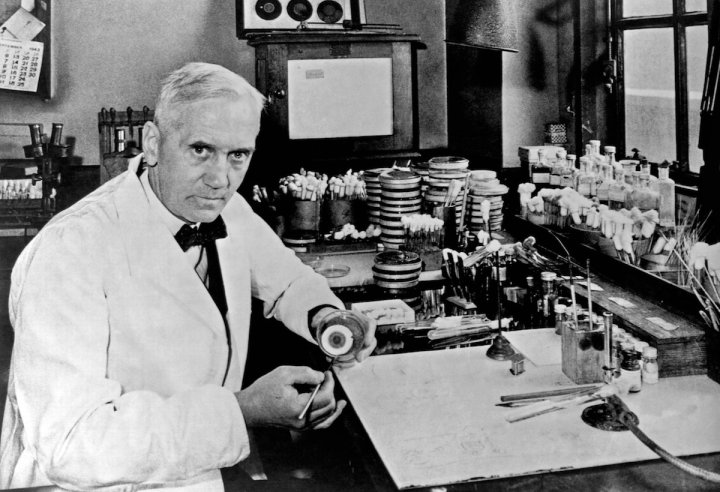Sometimes, people set out with an idea in their heads to invent something useful. Other times, they create something completely by accident that ends up changing the world. Here’s five inventions that you’ve probably used in your lifetime that were created completely by accident.
The Facial Tissue
In 1924, Kleenex invented the first disposable tissue. The invention of it wasn’t exactly an accident, but its widespread use was. Originally, Kleenex intended for its facial tissue to be used in conjunction with cold cream to remove makeup. They found out, however, that most of their customers were using the facial tissue as a disposable handkerchief instead. Kleenex changed their marketing scheme to reflect this, and advertised Kleenex as a healthier alternative to a traditional handkerchief under the slogan “don’t carry a cold in your pocket!”. Their sales doubled, and Kleenex has been used almost exclusively as a disposable handkerchief ever since.
The Teabag

PHOTO: tea.co.uk
Before the teabag was invented, tea was sold in loose-leaf form. In 1904, however, tea manufacturer Thomas Sullivan began sending out samples of his tea flavors to customers in small silk sachets. He didn’t intend for the tea to be brewed inside the sachets, but customers did anyway. It was cleaner and more convenient, and brewing tea inside its silk sachet quickly caught on. Soon, other tea manufacturers began selling their tea in tiny silk sachets, too, and thus the teabag was born.
The Chocolate Chip Cookie

PHOTO: reference.com
During the Great Depression, Ruth Wakefield and her husband owned and operated the Toll House Inn in Massachusetts. Ruth regularly cooked for her guests. According to legend, in 1937, Ruth decided to bake cookies for the boarders at the Inn. The recipe called for melted baker’s chocolate in the dough. Ruth didn’t have any, so instead she used a chocolate bar that she chopped up into bits in the hopes it would melt into the dough while it baked.
To her surprise, the chunks held their shape in the cookie. She served them to her customers anyway, and an instant favorite was born. The chocolate chip cookie has been dubbed ‘America’s Favorite Cookie’ ever since.
The Potato Chip
Americans spend almost $7 billion on potato chips a year, but where did this tasty, salty, greasy snack come from? Well, it was less of an accident and more of a prank, really.
In 1853, at the Saratoga Springs restaurant, a wealthy patron complained that his breakfast potatoes were sliced too thickly. He regularly sent them back. The cook, George “Speck” Crum, was so annoyed that he sliced the potatoes as thinly as he possibly could, fried them to a crisp, covered them in what he meant to be too much salt to be enjoyable, and sent them out. The prank backfired. The patron loved them so much that he asked for more, and the dish became a house specialty.
Soon, the recipe spread far and wide, and the history of snacking was changed forever.
Penicillin

PHOTO: timedotcom.com
Penicillin was actually an accident. The antibiotic was discovered by a young bacteriologist, Sir Alexander Fleming, in 1929. He was just tidying up his lab after having been gone for a long time on vacation when he found a petri dish of Staphylococcus bacteria that he’d left uncovered. The mold on the culture had killed much of the bacteria. Curious, he put it under a microscope and discovered the mold was penicillium notatum, the same kind of mold found on moldy bread.
After some experimentation, he found that it could kill other bacteria and could be given to small animals without hurting them.
After two other scientists continued his research and managed to isolate the bacteria-killing substance, penicillin, the three men won a Nobel Prize in medicine in 1945. Now, penicillin has been responsible for saving millions of lives from bacterial infections and other diseases.



